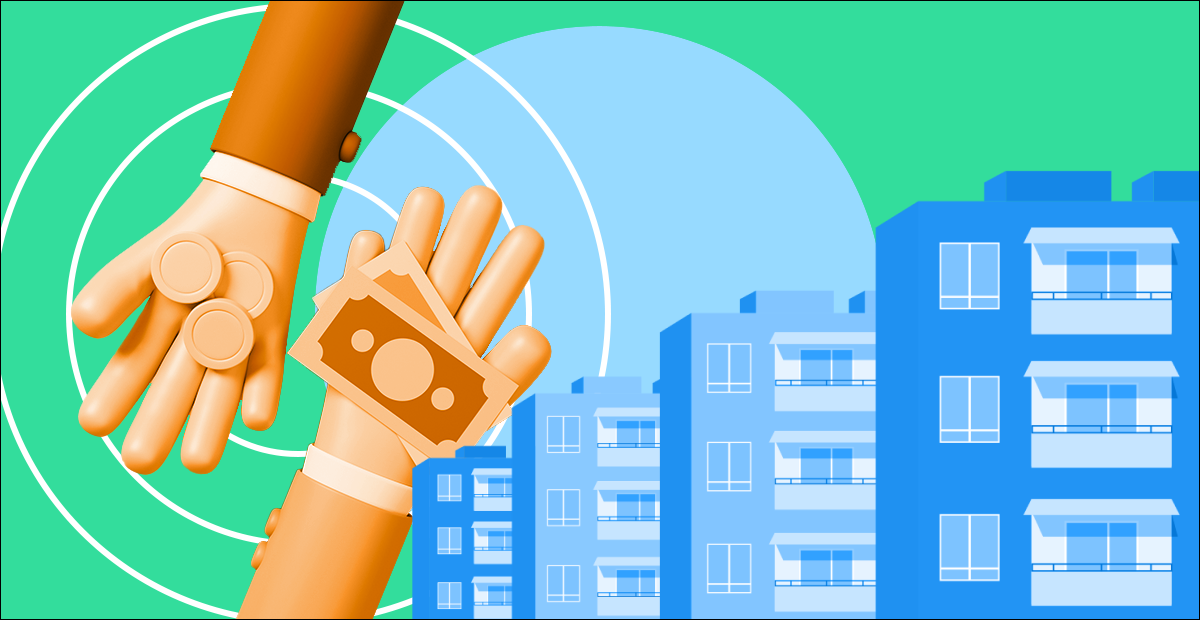Many Singaporeans often get surprised when they compare HDB home loans vs bank loans. Why do HDB loans tend to have higher interest rates?
Money Mysteries is a column by Ryan Ong that explores the odd world of money. Where does it all go when you give it to a bank? Why does a potato sometimes cost S$200, or shipping a sofa sometimes cost S$1.99? Why is art so expensive, and how do people (legally) rip off casinos? Every week we answer these questions and investigate a new Money Mystery.
One common question we get involves the difference between HDB home loans vs bank loans. Many Singaporean couples buying their homes often get surprised when they learn that banks charge much lower interest rates than HDB. How can that be, and why?
We clear the confusion in this week’s Money Mysteries.

Bank Home Loans versus HDB Loans
When you take a loan to buy your flat, you can use either a bank loan or an HDB loan. The exception is when you are buying an Executive Condominium, in which case only a bank loan can be used.
Now one of the main differences between the two is the interest rate. HDB Concessionary Loans have a very simple formula: the interest rate is the prevailing CPF Ordinary Account (OA) interest rate, plus 0.1%. This comes to about 2.6% per annum, a rate that has remained unchanged for a long time.
Note that the CPF OA rate is reviewed quarterly, so it can technically go up. However, CPF rates do not change often.
For bank loans, things get a bit more complicated. Bank loans can be based on the Singapore Interbank Offered Rate (SIBOR), Swap Offer Rate (SOR), or a bank’s Internal Board Rate (IBR), of which Fixed Deposit Home Loan Rates (FHR) are also a part.
Amidst that nightmare of acronyms though, one simple fact remains: since about 2008. most bank interest rates have been at around 1.8% per annum; cheaper than the HDB rate. But why is this?
Historically, bank loans are more expensive. What we’re seeing is a freak incident from the last financial crisis.
If you observe Singapore’s bank home loan rates from the late 1970s to 2008, you will the historical rate is over 3%; in some cases almost 4%. In those days, HDB loans were much cheaper than bank loans.
In 2008 however, the Global Financial Crisis hit. This caused the American Federal Reserve (the central bank in America, also called the Fed) to reduce interest rates to zero. They did this to motivate more loans and spending, to kick start their damaged economy.
However, the interest rate in America ultimately affects the rates in Singapore as well. Bank home loans, many of which were pegged to SIBOR in 2008, so interest rates fall to historical lows. In some cases, the rates were below 1% per annum.
Due to this plunge, private bank loans suddenly became cheaper than HDB loans.
Today however, the Fed is gradually raising interest rates again (there are four proposed rate hikes in 2017). This is due to America’s economy having, at least in theory, recovered. Meanwhile, the Fed cannot keep interest rates low forever, as this will cause inflation to rise uncontrollably.
It’s quite possible that bank home loans will be at 2% per annum or greater by the end of 2017. This is much closer to HDB rates, albeit still lower. In the long term however (say 15 or 20 years), it’s possible - although not guaranteed - that bank loan rates will again soar higher than HDB rates.

Banks Like to Innovate and Try to Outdo the HDB
Remember that banks want to lend money to credible borrowers; the whole idea of the banking business is to make money via lending and interest.
An HDB loan already has certain advantages over a bank loan. For example, HDB can lend you up to 90% of your flat’s value, whereas a bank can only lend you 80%. The down payment is thus bigger when you use a bank loan.
If banks want to get a share of the HDB market, they need to innovate and create loan products that will attract borrowers. Some banks feel incentivised to create offers that have interest rates below the HDB loan rate, in order to tap the gigantic HDB market. Remember that over 80% of Singaporeans live in HDB flats, so there’s a lot of money a bank can make here.
At any rate, this is a good situation for all of us. Singaporean homeowners have the option to go with a bank and potentially save money, if they really want to*.
But if you don’t want to, you can stick to good old fashioned HDB loans.
*You can refinance your HDB loan into a bank loan, but not the other way around. Speak to your local bank for details.
Read This Next:
Singaporeans Shouldn't Spend on Central Region HDB Flats
Why a BTO Makes More Sense Than an EC (Even If You Can Afford It)
Similar articles
5 Mysteries About the Holland Village Bank Robbery, Explained
Column: Why Do Banks Have Different Interest Rates?
2017 Rate Hikes Will Make Your Flat More Expensive
Should You Still Choose A Bank Home Loan Over An HDB Loan?
What Singaporean Home Owners Must Understand About FHR Loans
Home Loans: SIBOR Rate vs Fixed Deposit Home Rate (FHR) Loans
Money Mysteries: Why are HDB Loans More Expensive than Bank Loans?
Understanding Interest Rates: How You Can Use It To Save Even More Money







.png?width=280&name=Housing6%20Things%20First-time%20Home%20Buyers%20Must%20Know%20to%20Avoid%20Regrets%20(2).png)

